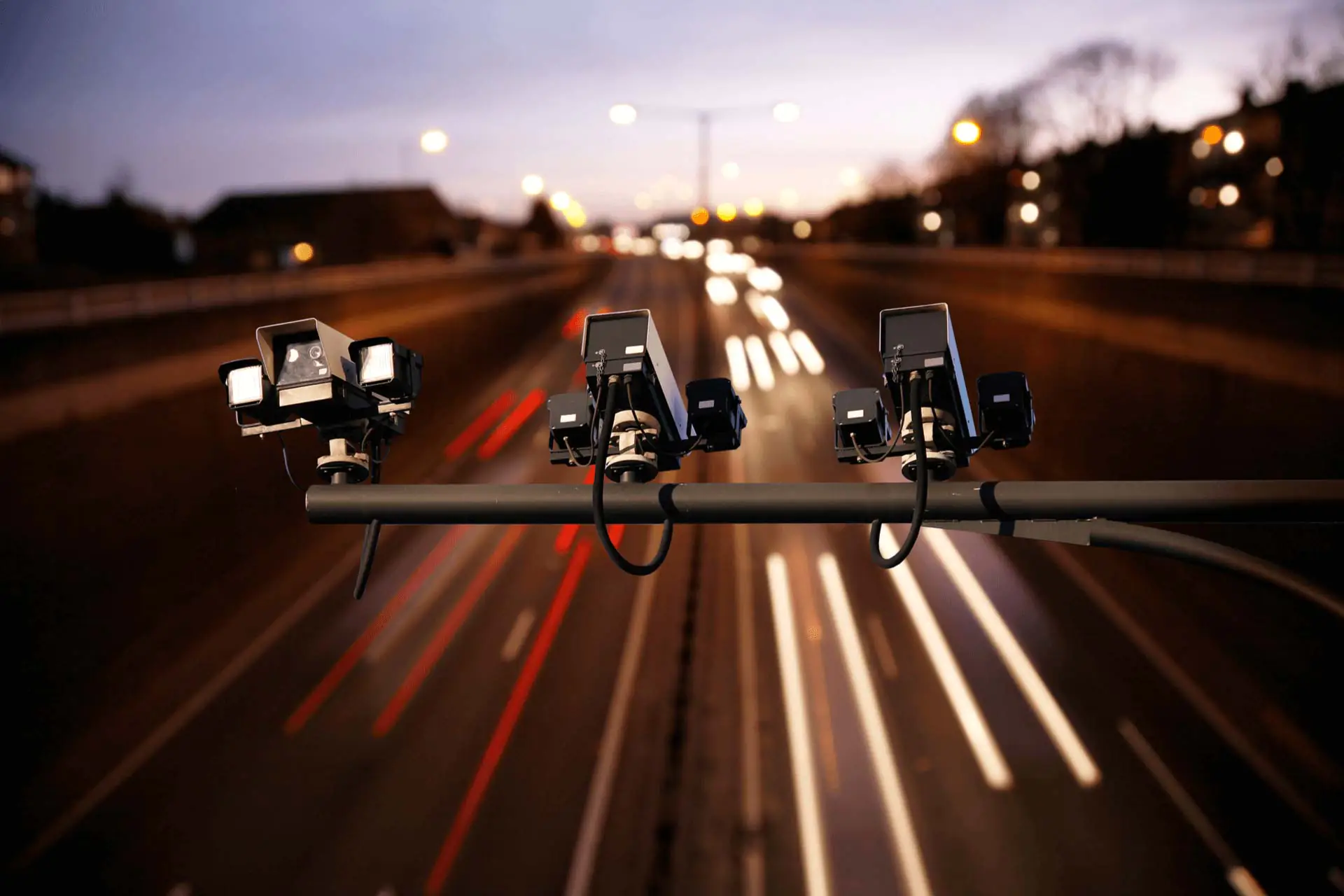Speed Traps Ahead
New Legislation is setting the ground for Automated Traffic Enforcement, with Speed Cameras leading the way. The Transportation Department’s new national strategy to reduce road fatalities is underway, introducing speed cameras to play a leading role within this new approach to traffic safety regulations.
President Joe Biden’s new Infrastructure law allows states to tap billions of federal highway dollars for roadway safety programs such as automated traffic enforcement and speed and red-light cameras.
The department stated that the former five-year transportation bill confined states into spending highway safety money for complex infrastructure projects, such as building bridges or sidewalks. In contrast, the use of federal money for speed cameras was only allowed within school zones. Biden’s new law will let states have the option to use up to 10% of the $15.6 billion in total highway safety funds available over five years for non-infrastructure programs.
Automated traffic enforcement or over surveillance policy?

These efforts are meant to reduce the recent increases in traffic-related deaths dramatically.
“Almost 95 percent of our Nation’s transportation deaths occur on America’s streets, roads, and highways, and they are rising,” U.S. Transportation Secretary Pete Buttigieg said in the National Roadway Safety Strategy press release. “An estimated 38,680 people died in motor vehicle crashes in 2020. In the first half of 2021, an estimated 20,160 people died, up 18.4 percent compared to the first six months of 2020.”
Even though these so-called “speed traps” can bring millions of dollars in ticket revenue for local communities, backlash keeps rising in opposition. Drivers often claim inaccuracy of the device but are almost impossible to dispute in court.
According to the Insurance Institute for Highway Safety, only 159 communities effectively use speed cameras to deter crashes. Eight states prohibit its use, while another two dozen have no specific legislation to encourage its use.
Due to a significant rise in traffic deaths during the coronavirus pandemic, auto safety groups like the Governor’s Highway Safety Association are encouraging the use of automated traffic enforcement as a more reliable means for safety than police traffic stops, which can put the police officer’s integrity at risk.
According to government data, speeding is a constant factor in car crashes, causing 1 out of 4 traffic fatalities. The Federal Highway Administration expects speed cameras to decrease these numbers by 50% approximately.
In December, about $3 billion of the highway safety funds were allocated to states.
Florida Gov. Ron DeSantis voiced his opposition to Biden’s infrastructure bill, claiming it is a wasteful initiative, even as he said his state would welcome additional federal transportation dollars.
“They’re spending $15 billion on speed cameras to be able to catch people speeding. I mean, I’m sorry. I don’t want that. That’s bringing us even more surveillance,” the Republican said. “Like we need more surveillance in our society right now,” he added.
States have full authority to allocate resources.
The fact is that ultimately states and localities – not the federal government – will have the final word on how the $15 billion funding will be spent to improve road safety. According to federal guidelines, only up to 10% of the funds can be allocated for speed cameras.
In the case of pedestrians, cyclists, and other non-motorized road users, the federal guidance also establishes that at least 15% of a state’s highway safety improvement program must be allocated for their benefit only if those groups make up 15% or more of the fatalities that occurred within the state jurisdiction.This article was brought to you by Kustom Signals, a leading provider of law enforcement speed enforcement and video solutions.

